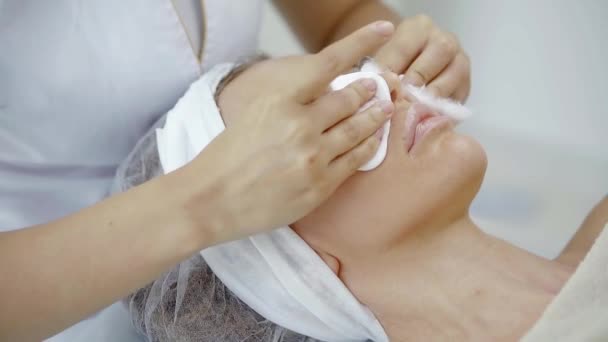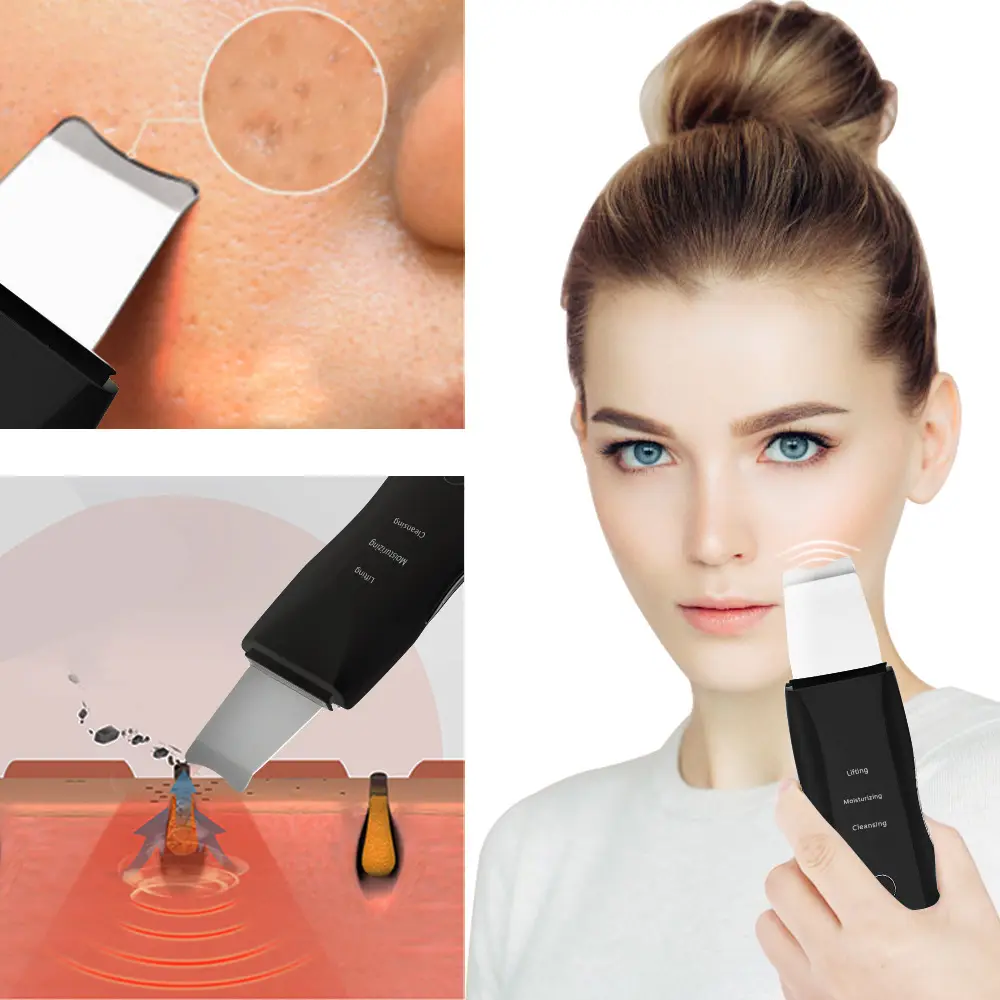Cleansing is a vital step in any skincare routine, and the tools you use can significantly impact the effectiveness of your cleansing process. With a variety of cleansing tools available, understanding how to use them correctly and selecting the right ones for your skin type and needs is essential for achieving the best results. This article explores the different types of cleansing tools, their proper usage, and how to choose the best one for your skincare routine.

1. Types of Cleansing Tools

There are several cleansing tools on the market, each designed to enhance the effectiveness of your skincare routine. Some of the most popular options include:

- Cleansing Brushes: These come in both manual and electronic forms. Electronic cleansing brushes often feature rotating or vibrating heads that help to deep-clean the skin by removing dirt, oil, and makeup more effectively than hands alone. Manual brushes, though simpler, also aid in exfoliation and can provide a gentle yet effective cleanse.
- Facial Sponges: Konjac sponges and cellulose sponges are popular choices. Konjac sponges, made from the root of the konjac plant, are known for their gentle exfoliating properties and are suitable for all skin types, including sensitive skin. Cellulose sponges are often used to remove makeup and cleanse the skin thoroughly.
- Cleansing Pads and Cloths: These include microfiber cloths, muslin cloths, and silicone cleansing pads. Microfiber cloths are soft and effective at removing makeup and dirt. Muslin cloths provide gentle exfoliation and are often used in conjunction with cream or balm cleansers. Silicone cleansing pads have small bristles that help to exfoliate and cleanse the skin gently.
- Cleansing Mitts: Cleansing mitts are typically made of soft fabric and are worn on the hand for easy use. They help to gently exfoliate and cleanse the skin, making them ideal for those who prefer a hands-on approach.

2. Proper Usage of Cleansing Tools

Using cleansing tools correctly is crucial to avoid damaging the skin:

- Be Gentle: Avoid applying too much pressure when using any cleansing tool. Overly vigorous scrubbing can lead to irritation, redness, and even micro-tears in the skin. Always use light, circular motions to cleanse the skin.
- Clean Tools Regularly: Cleansing tools can accumulate bacteria, oil, and product residue over time. It’s important to clean them regularly to prevent the spread of bacteria and maintain their effectiveness. For brushes, sponges, and pads, rinse them thoroughly after each use and allow them to air dry. Some tools, like electronic brushes, may have specific cleaning instructions, so be sure to follow the manufacturer’s guidelines.
- Limit Usage: While cleansing tools can enhance your skincare routine, they shouldn’t be used excessively. Overuse, especially of exfoliating tools, can disrupt the skin’s natural barrier and lead to irritation. Depending on your skin type, using these tools 2-3 times a week may be sufficient.

3. Selecting the Right Cleansing Tool

Choosing the right cleansing tool depends on your skin type, concerns, and preferences:
- Sensitive Skin: For sensitive skin, opt for soft, non-abrasive tools like konjac sponges or microfiber cloths. Avoid harsh brushes or tools with stiff bristles that can irritate the skin.
- Oily or Acne-Prone Skin: If you have oily or acne-prone skin, consider using a silicone cleansing pad or an electronic cleansing brush with gentle bristles. These tools can help to deep-clean pores and remove excess oil without causing irritation.
- Dry or Dehydrated Skin: For dry or dehydrated skin, choose tools that are gentle and hydrating. Muslin cloths or konjac sponges can help to exfoliate without stripping the skin of its natural moisture.
- Combination Skin: If you have combination skin, you may need to use different tools for different areas of your face. For example, a gentle brush for the oily T-zone and a soft sponge for the drier areas.

In Conclusion
The right cleansing tool can elevate your skincare routine, providing a deeper, more thorough cleanse and enhancing the effectiveness of your products. However, it’s essential to use these tools correctly and choose them based on your specific skin type and needs. By selecting and using the appropriate cleansing tools, you can achieve a cleaner, healthier complexion while minimizing the risk of irritation and damage to your skin.



